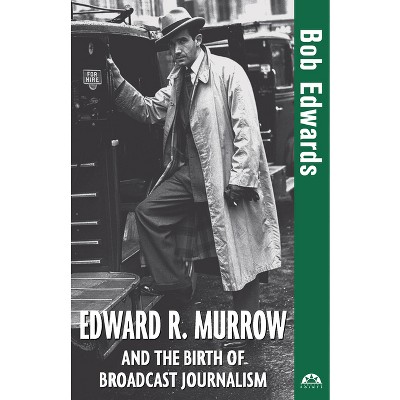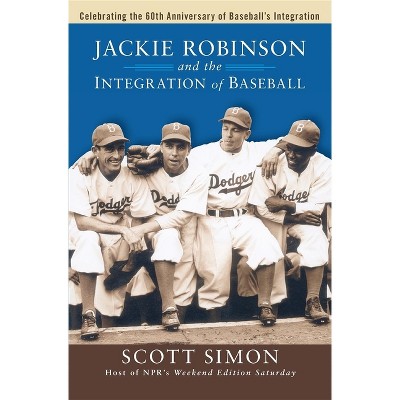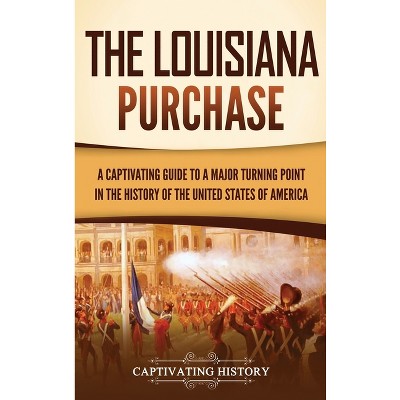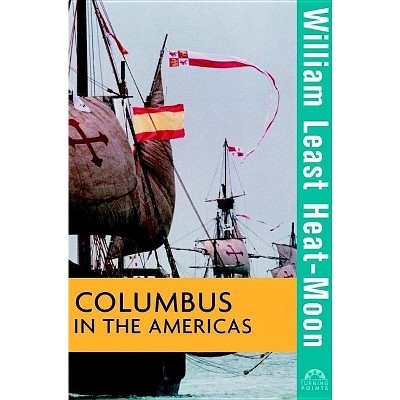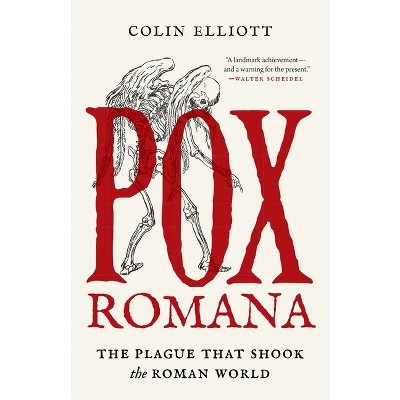Sponsored

The Louisiana Purchase - (Turning Points in History) by Thomas Fleming (Paperback)
In Stock
Sponsored
About this item
Highlights
- In 1801, relations between the world's only two republics, the United States and France, were at a low ebb.
- Author(s): Thomas Fleming
- 194 Pages
- History, United States
- Series Name: Turning Points in History
Description
Book Synopsis
In 1801, relations between the world's only two republics, the United States and France, were at a low ebb. American merchants had just lost millions of dollars to French privateers in the "Quasi-War" of the late 1790s, and Napoleon was scheming to acquire the Louisiana Territory from Spain and create a "wall of brass" that would halt America's westward expansion. Yet a few years later, Napoleon agreed to sell Louisiana to the United States for $15 million. How did America manage to double its territory and end French colonial ambitions in the New World-without firing a shot?Taking us behind the scenes in Thomas Jefferson's raw "federal village" of Washington, D.C., and inside the duplicitous world of Napoleonic Paris, Fleming shows how Bonaparte haters in Spain, the French army's disastrous failure in Haiti, some wily American negotiating, and Napoleon's resolve to renew his wars the "perfidious Albion" led to the momentous French decision to sell Louisiana--and cede 838,000 square miles of land to the United States. We meet a host of fascinating characters as they attempt to advance their nations' interests through diplomacy, threats, lies, bribery, and treachery.
Review Quotes
* "...competently written and sure footed..." (Times Literary Supplement, February 2004)
Most high school students ought to remember learning a little something about the Louisiana Purchase, but his pivotal event in American history has rarely received sustained attention until this year, the event's bicentennial. Noted historian Fleming's brief study, an entry in Wiley's Turning Points series, presents an overstuffed look at the machinations that prompted Napoleon, famous for his conquests and colonial aspirations, to sell this vast piece of land for $15 million. Fleming's account highlights the importance of two leaders, Thomas Jefferson and Napoleon, along with their closest advisers, but the most memorable figures are the handful of diplomatic negotiators working behind the scenes, life Robert Livingston, the ambassador to France who originated the idea of buying the Louisiana territory, therefore by easing the threat of war between the U. S. and France. The narrative weaves in several key events on both sides of the Atlantic, including the rampant yellow fever in Santo Domingo and substantially delayed and weakened Napoleon's troops, volatile conversations between Jefferson and his cabinet about whether the purchase required an amendment to the Constitution and Napoleon's near retraction of the sale. The story carries a surprising amount of drama, though Fleming (Liberty! The American Revolution) does little to play this up. His narrative is straightforward but cluttered with detail, showing more breadth than depth, and is intently focused on the "mix of destiny and individual energy and creativity" that supported one of the world's great diplomatic triumphs. (July 11)
Forecast: This could do well in a bicentennial display with John Kukla's A Wilderness So Immense and Charles Cerami's Jefferson's Great Gamble, which offer fuller accounts of the purchase (Publishers Weekly, May 26, 2003)
"...there should be more books like this: concise, tightly argued, clearly written..." (Sunday Times, 31 August 2003)
Shipping details
Return details
Trending Non-Fiction







